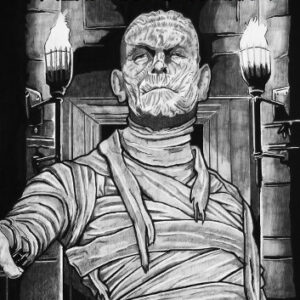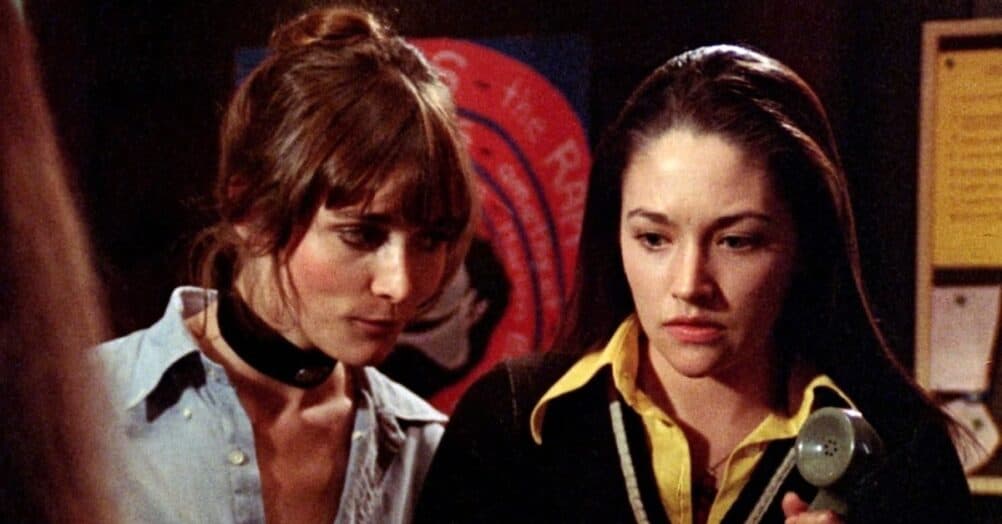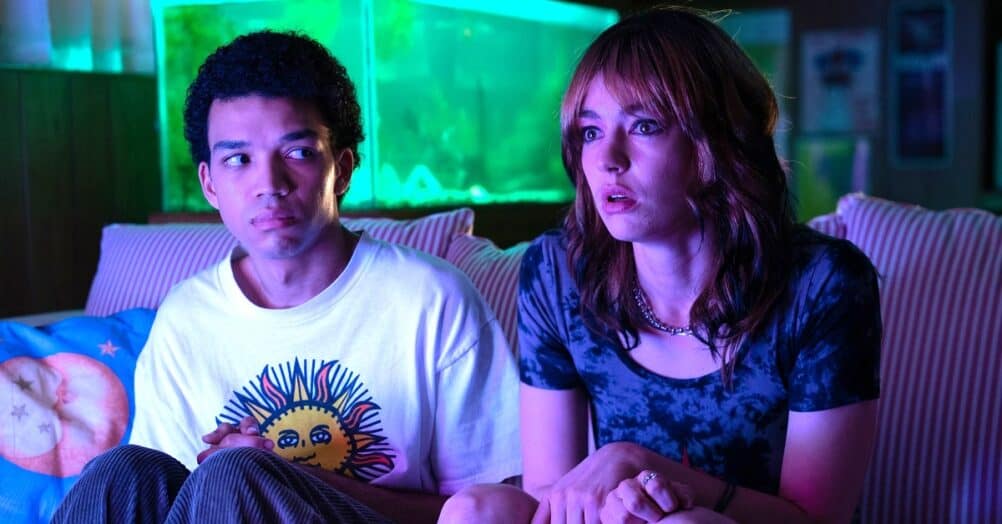Last Updated on August 5, 2021

PLOT: Dan O’Bannon, writer of such seminal screenplays as that for ALIEN, TOTAL RECALL, RETURN OF THE LIVING DEAD and many others, uses his experience to lay out a workbook guide on how to create a screenplay formula that actually works. Not one that sells, per se, but one that consistently achieves dramatic and cinematic success.

REVIEW: Having been a fan of Dan O’Bannon for years, consistently spinning ALIEN and RETURN OF THE LIVING DEAD (the all time best horror-comedy in my opinion) in my rotation since I was like 12, and having dabbled a time or two in screenwriting myself, I was champing at the bit to hear what secrets to the trade O’Bannon and writing partner Matt R. Lohr were willing to share in their new book DAN O’BANNON’S GUIDE TO SCREENPLAY STRUCTURE. For me personally, I found the material helpful, if a bit rudimentary, but can certainly see how it could be of significant value for the tyro screenwriter. Which he more or less admits upfront. But just because I found many of O’Bannon’s rules and bullet-points basic and somewhat obvious, I definitely came out wiser having read it. Part of that was due to the clear and concise presentation, and that he demanded various interactivity from the reader. Which I loved.

O’Bannon wisely contextualizes his methods of screenwriting by comparing what the historical greats of the storytelling form professed. He cites the power: Aristotle, Ibsen, Egri, Field, Howard & Mabley, McKee – agreeing with some, denouncing others – to arrive at his own set of rules or outlines to make a story carry dramatic weight. The crux of O’Bannon’s formula is that CONFLICT must drive the story to the point of no return, otherwise the dramatic freight of any piece will likely evaporate the further it trucks along. He also more or less adheres to the traditional 3 act structure, finely delineating which markers should separate each, and what he thinks each segment ought to include in order to keep momentous thrust of a story in motion.
If that sounds boring or simple, it’s really not. It can be painstaking at times, sure, but because O’Bannon includes a number of exercises after each chapter or after each substantial point made, there’s a inclusion added for the reader that can be of serious use. But it’s up to the reader. To some it may feel like homework, but for others willing to take the plunge and actually put serious thought into these exercises (especially the novice writer), your process and understanding of screenwriting will be greatly benefited. No doubt. Also, having done most of the exercises myself, they’re flat out fun, not to mention make nice breaks in the text that could be otherwise drab or overwhelming at times.
From there, O’Bannon stresses the importance of character

, as Egri does. More importantly the conflict of character and the point at which there is no return to find a resolution. Achieved resolution or no, there needs to be a point of no return that thrusts the drama into the third act. He gives many examples of how this is done, correctly and incorrectly in his opinion, citing often great films, and makes very compelling cases on many fronts. Then he quizzes your ass on it! Thing is, he’s not claiming his way to be the only way, or the right way, but HIS way, and explains why, by examining classic films, it’s worked for him in the past.

In all, I recommend the book to anyone who wants to write a screenplay but doesn’t quite know where to get started. I’d just as soon recommend those same people to watch more movies and read more screenplays though too. Usually the older the better. O’Bannon breaks down the success of his writing system, the three acts, the character, the point of no return, the resolution – doing so in a way that’s tremendously insightful but easy to follow and understand. He then contextualizes with a series of classic movies (CASSABLANCA, CITIZEN KANE, INVASION OF THE BODY SNATCHERS, PSYCHO, etc.). More than anything, I really dug how the book posed just as many questions if not more, than rules espoused…and the demand for answers to those questions from its reader. Meet the mofo halfway and you’ll definitely learn or thing or two!
7.5/10





















Follow the JOBLO MOVIE NETWORK
Follow us on YOUTUBE
Follow ARROW IN THE HEAD
Follow AITH on YOUTUBE